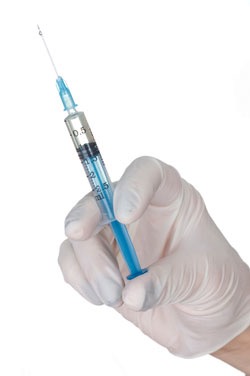Loading...
What type of anesthesia is used for laparoscopy?
Laparoscopy is usually performed under general anesthesia, though in exceptional cases 'diagnostic laparoscopy' can be performed either under local anesthesia with sedation. With your help, your surgeon and an anesthesiologist will decide on a method of anesthesia to perform safe and successful surgery.
General anesthesia is the usual choice for most patients undergoing laparoscopic surgery. For patients undergoing ‘diagnostic laparoscopy’, it is given to those patients who are not candidates for local anesthesia or who want to be completely asleep. General anesthesia may be preferable in patients who are young, who cannot lie still on the operating table, or have a medical condition that is safer to perform in this manner.

Can laparoscopy be done under local anesthesia?
When laparoscopy is done local anesthesia, the anesthetic drug is injected into the skin of the abdominal wall to completely numb the area and allow safe cutting and insertion of instruments. Most patients feel a sharp ‘insect bite’ that lasts for a few seconds. Small doses of intravenous sedation are given at the same time, so that the patients are arousable but asleep.

